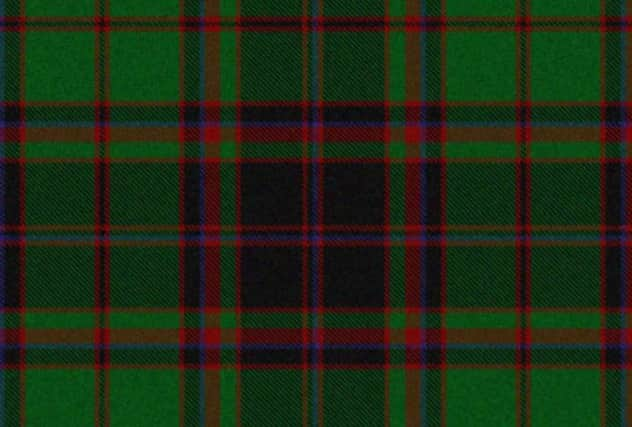Scottish clan profile: Buchan


The ancient Mormaerdom and Earldom of Buchan was acquired by Clan Comyn, but they lost it after Robert the Bruce defeat them, with the title of Earl of Buchan passing to Alexander Stewart, who was known as the Wolf of Badenoch.
The geographical origins of Buchan was used by inhabitants of the district, even if they didn’t have a connection to the Earls of Buchan.
Advertisement
Hide AdThe earliest record of the name involves Ricardus de Buchan, a clerk to the Bishopric of Aberdeen in 1207, with a William Buchan holding land in Aberdeen around 1280.
Fifteen or so years later, in 1296, Sir Thomas de Boghan appeared in the Ragman Rolls, giving homage to Edward I of England.
Sir Thomas held lands around Edinburgh, with his seal featuring an eight-rayed figure which may be a representation of the sun - which also forms part of the Buchan clan chief’s crest.
In 1446, Andrew Buchan of Achmakwy was among those appointed to settle boundaries of the lands of St Peter’s Hospital. The current Auchmacoy is believed to have been in the family’s possession from the beginning of the 1300s, but it wasn’t until 1503 when Andrew Buchan - believed to be the second clan chief - received a charter for the lands from King James IV of Scotland.
17th century and civil war
The Buchan Barons of Auchmacoy were staunch royalists, and backed the House of Stuart. Thomas Buchan - third son of clan chief James Buchan of Auchmacoy - was a professional soldier, who fought in both France and Holland. Serving in Douglas’s Scots Regiment raised for the King of France, he was, in 1686, commissioned as a colonel in the Earl of Mar’s regiment by James VII of Scotland.
He later joined up with John Graham, 1st Viscount Dundee, who was killed at the Battle of Killiecrankie in 1689, leading to Buchan’s appointment as commander-in-chief of all Jacobite forces in Scotland.
Advertisement
Hide AdAt the Battle of Cromdale on May 1 1690, Buchan was defeated by a strong government force led by General Hugh Mackay. He later escaped and joined up with Clan Farquharson.
18th century and Jacobite risings
Thomas Buchan went into exile in France come the 18th century, but returned to fight at the Battle of Sheriffmuir in 1715. He died six years later, still keeping communication with the exiled royals.
Modern history
Advertisement
Hide AdIn 1830, James Buchan was recognised as clan chief by Lord Lyon, King of Arms, with the title eventually passing to his daughter Louisa, and then her cousin, Sir Norman MacLeod Sinclair, 18th Earl of Caithness.
He petitioned the Lord Lyon in 1913 and took the surname and arms of Buchan of Auchmacoy.
His daughter, Lady Lucy Buchan married the Lord Lyon, Sir Thomas Innes of Learney, in 1928. Their son Sir Malcolm Innes of Edengight is the current Lord Lyon.
Sir Malcolm’s grandson changed his name to Buchan in 1949 in order to be recognised by the Lord Lyon as chief of the Buchans.
Notable Buchans
The most famous Buchan is almost certainly John Buchan, 1st Baron Tweedsmuir and author of The Thirty-Nine Steps and later Governor General of Canada.
Clan motto: Non inferior secutus
Clan seat: Auchmacoy House